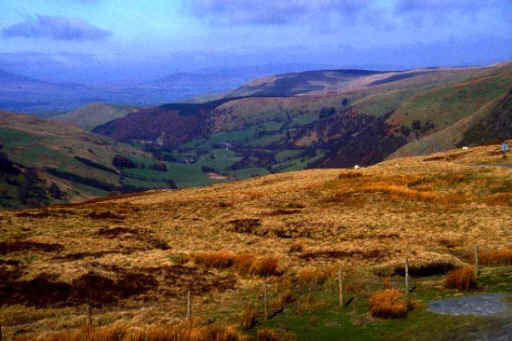|
|
|


Family and single burials on privately owned land are a tradition in American history. Who among us doesn't have an ancestor buried in such a place? Family graves are found in all areas, from a cow pasture to a mountain side overlooking beautiful scenery.
The burial site you use will probably be on property already owned or in a sanctuary designed for natural burials. Established sanctuaries usually prepare and fill the grave site as part of their service. If you have need to purchase a small plot of land you should consider accessibility, the type of vegetation in the area, orientation of the body, and all associated costs. For protection of water supplies, the site should be at least 150 feet away from any water source. Make sure the site is outside of any easements for utility lines.
You may want to have a survey done to record the grave location for unseen future conditions or research. If an above ground marker is not used, an underground grave marker can be placed not too far beneath the surface. The property may change ownership in the future and there may be development or construction of some type where the grave is located. Re-interment is a common problem in today's world with development overtaking land previously used for burials. Depending on soil conditions and chemistry, skeletal and other remains of the body may last for hundreds of years.
![]()
While hand digging is the most common method of opening a grave, don't overlook the possibility of using a small rubber tired backhoe (such as a Bobcat). There may be locations where the ground is too hard or rocky to employ hand digging. In some situations, the use of a small backhoe may be less damaging to the area than several people tromping around while digging. Prior to digging, mark paths or boundaries for those doing the work in order to minimize the destructive impact on the immediate area. A path can also be marked for later use by those attending the burial.
![]()
Some states have depth requirements for burial. If there is not set requirement, graves should be 4.5 to 5 feet deep if possible. There should be room for at least three feet of soil to cover the body or top of the casket. The sides should be kept square and plumb all the way to the bottom. Make sure that the grave is the proper size to accept the shrouded body (or coffin, if used). Prior to starting to dig, inspect the surrounding area and determine the best place to temporarily put the removed soil. In most cases you will be able to place all the soil on a tarp laying directly on the ground. If you are in a location where there is sensitive growth, the soil can be place on marine or exterior plywood that is supported off the ground by bricks or blocks. Store any large rocks separately for later use in marking the grave or providing stability to the grave mound.
You should have
enough tarps on hand for the excavated soil and to cover the grave opening.
If it is raining, a tent type covering should be set up over the grave to keep
water out of it. All excavated soil should be covered to keep it dry.
You may want to line the bare earth on the bottom of the grave with something
like pine needles or straw. Some types of mulch from a nursery may work
well. This lessens the impact of the earth and provides the body with a bed to
lay on. Close to the actual time of burial, flower blossoms can be added
by scattering them over this layer. A suitable rock or mound of earth can
be placed in the grave to act as a pillow for the head.
![]()
Make sure that
you have the materials on hand that will be used for accommodating the body over
the opening and lowering it into the grave. Types of material needed will
depend on whether a casket of some kind is used, or if the body is only
shrouded. If a casket is used, place three or four 2X4's across the bottom
of the grave. This will allow easy removal of the lowering straps or ropes
afterwards. Another row of around four boards should be placed across the
top of the grave, on which the casket will set before lowering. If the
sides of the grave are muddy or crumbling, you may want to line them with a tan
or brown tarp. This can be removed after the body is lowered. Either
straps or rope can be used for lowering the casket, but make sure that they are
long enough. If the deceased is in a shroud, it is recommended that you
use a bio-degradable stretcher on which to lower the body. This may be the
same stretcher that you used to transport the deceased to the grave on, and can
be left inside the grave. In this case, the body can remain at the side of
the grave until lowered.
![]()
![]()
![]()
![]()
![]()